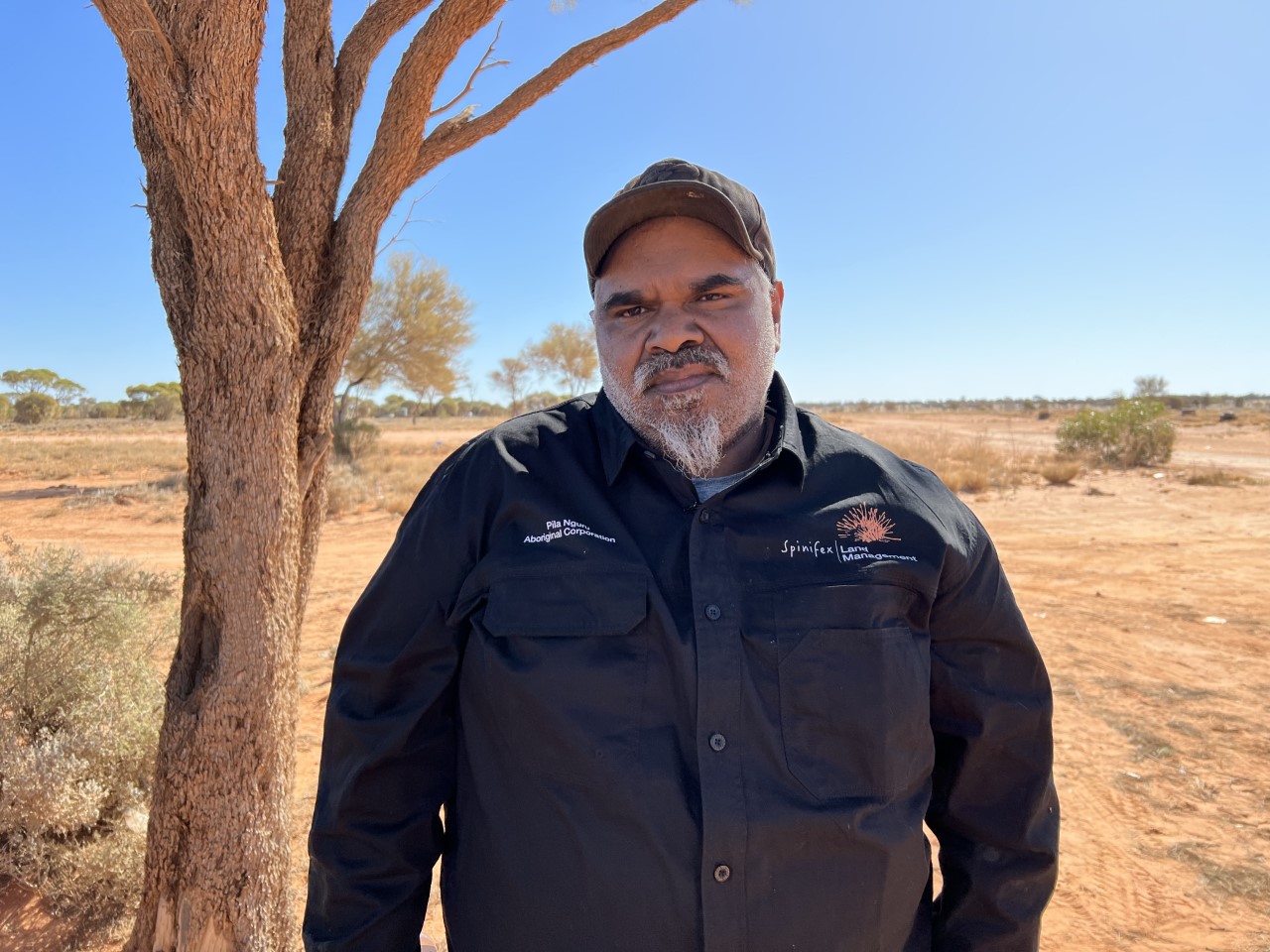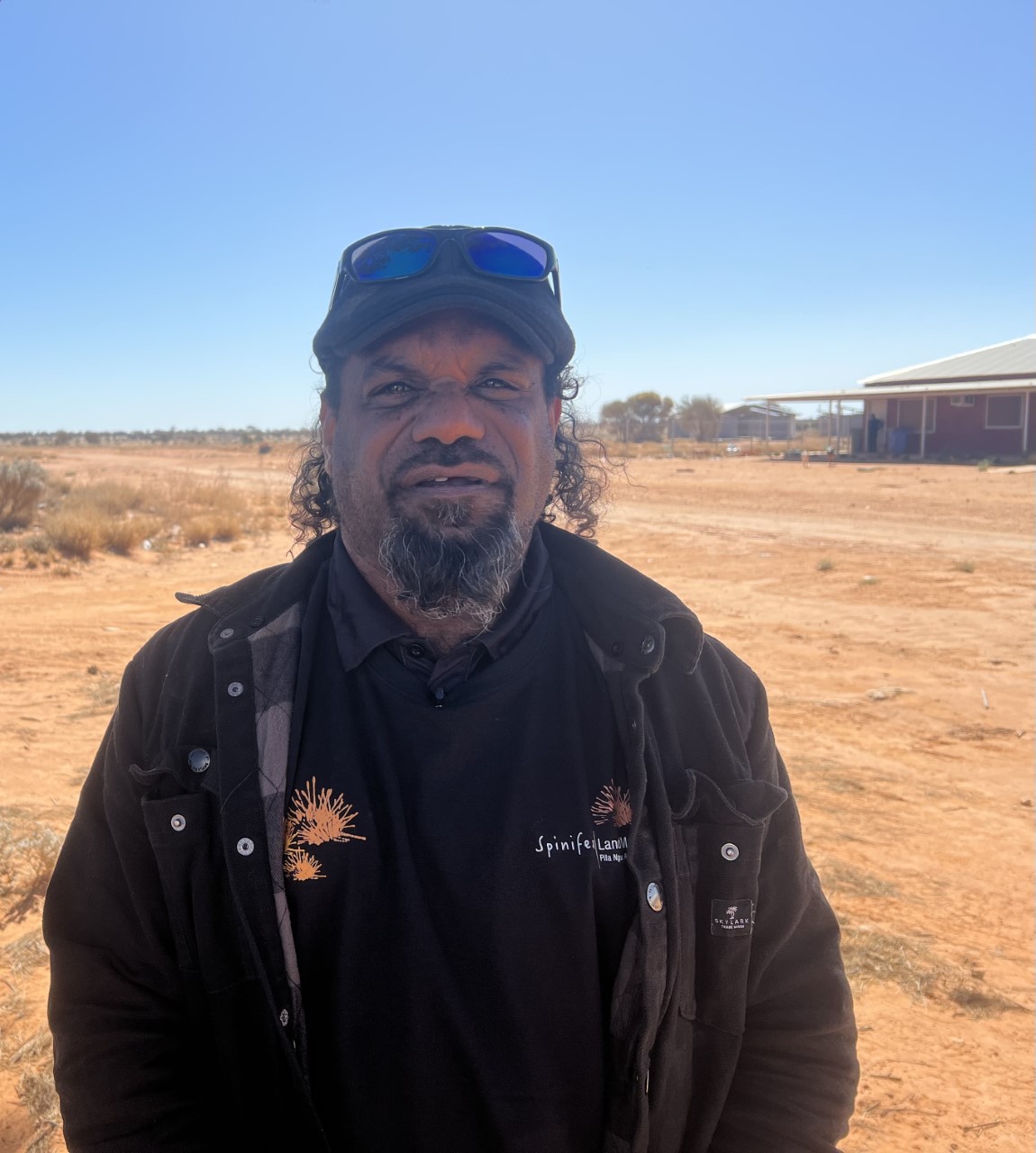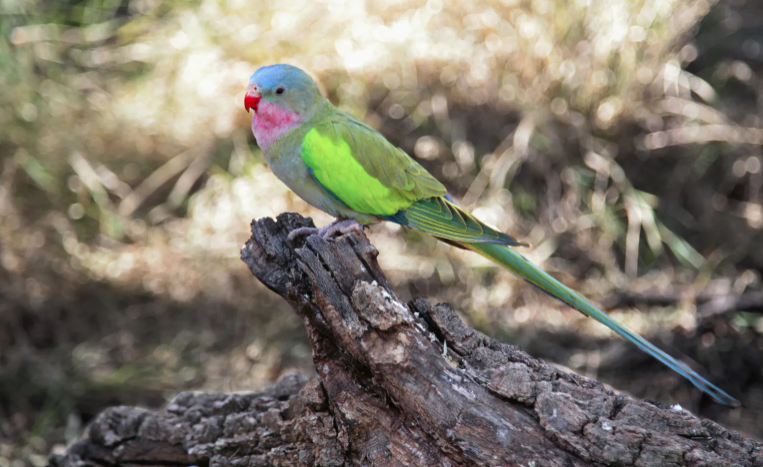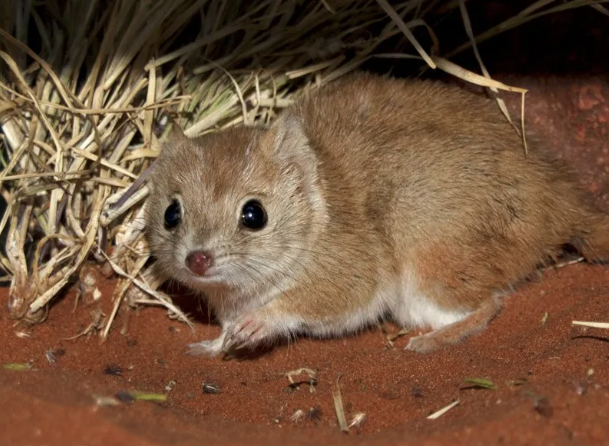New IPA in Western Australia is home to two plants new to science and rare native animals

The Anangu-Tjutaku Traditional Owners recently signed an agreement with the Australian Government to make their country one of the newest and biggest Indigenous Protected Areas (IPAs.)
The Anangu-Tjutaku IPA, comprised of three native title areas – Spinifex, Pilki and Untri Pulka – is Australia’s third largest. At 97,900sq.km, it’s 1.5 times the size of Tasmania and is located in the heart of the Great Victorian Desert on the border of Western Australia and South Australia.
Tjuntjuntjara is one of Australia’s most remote Indigenous communities, a nine-hour drive along dusty roads, more than 600km north-east of the nearest city Kalgoorlie.
In 2000, the Spinifex people living in this area were the first group in WA to receive Native Title. They established the community of Tjuntjuntjara in the mid 1980s when they returned to their homelands, of which they have a connection to the country going back over 600 generations, from Cundeelee Mission.
Funding to manage the IPA will increase capacity of the Spinifex Ranger Program – managed by Pila Nguru Aboriginal Corporation and which has discovered plants that are new to science, and rare animals – and facilitate re-establishment of a women’s ranger program that’s expected to provide employment opportunities and support.
Over the years Spinifex Rangers have collaborated with scientific experts on biodiversity surveys on Country that is now included in the IPA. Some interesting discoveries have been made, including two plant species that were unknown to western science as well as rare and threatened animal species.
The two plant species, Grevillea sp. Ilkurlka and Dicrastylis sp. Ilkurlka, were found by scientists guided by Traditional Owners’ as part of a conversation around traditional use of plants.
These surveys also discovered four of the five recorded specimens of Western Desert taipans as well as nationally listed threatened bird and animal species, including malleefowl, princess parrot and brush-tailed mulgara.
The rangers also found potential habitat for several threatened species such as the greater bilby, sandhill dunnart and black-flanked rock wallaby.

In 2017, the Australian Government committed $15 million under the Indigenous Protected Areas Program, to assist Indigenous groups such as the Spinifex Ranger Program to undertake consultation and planning for the establishment of new IPAs.
Ethan Hansen is a Traditional Owner for this area and co-signed the Indigenous Protected Area certificate.
He is currently head of the ranger program and has been working here since it started in 2012. He says the new IPA will provide a boost to rangers who are looking after Country.
“Our old people have been looking after our land for generation,” Ethan says.
“It feels alright to get the IPA, it gives us more protection. We own the land, but it gives us more pride and gives the young fellas more pride to look after more Country, it’s good.
“With this ranger program it helps us get back on Country and take the old people. Right now a lot of people are coming in and it is good everyone is getting involved.”
Ethan says the next generation of rangers will each look after dedicated parts of the Anangu-Tjutaku IPA that they have connection to.
“We all have got a special connection to this land. When the people came we all connected as one so all them young fellas they have got a connection to Country as well.
“Being a big area, people know where they are connected and where their families come from so each ranger has got an area to focus on where they come from.
“I’m trying to encourage the young fellas to step up and do their role but it’s part of our normal way. Of life. One day, it’ll be their turn. Then whatever they need to learn next time they can step up.”

Both Ethan and Wayne Donaldson, Chairperson of Paupiyala Tjarutja Aboriginal Corporation, agree that more young people could start returning to Tjuntjuntjara in the future.
“We know that we can keep working to keep in touch with our country, you know, find more and explore more and find more species,” Wayne says.
“Most of our elders are passing on and taking a lot of knowledge with them, we’ve got to keep getting knowledge to help us grow in the future for the young ones.
“Like [finding] the bilby you know. The old people they know where all these things are. We have to try get everything we can from the old men and the old ladies and try get everything we can while we can.
“That is the main thing – we’ve got to stay happy, and look after our land and our land here and our native title boundaries and look after our elders and our children our people.”
“We are lucky we are here, and thank the old people for bringing us back,” Ethan says.
Patrick O’Leary, Executive Director of Country Needs People says the people living in these areas know how to look after their country and will lead the way.
“Unlike a National park, which might be managed by the state government, the indigenous protection area are managed by the traditional elders themselves,” Patrick says.
“Thousands and thousands of years of culture, and familiarity with this country, means they are the best and most logical people to be the managers.
“We want to preserve this unique landscape for the future so everyone can appreciate it and enjoy it, but especially for Traditional Owners who have grown up living here and enjoyed it for thousands of years.
“We’ve got western science working with traditional culture, two tool boxes, two knowledge systems, and we’re going to need that because we are facing a lot of challenges like climate change.”
There are currently 81 dedicated IPAs across 85 million hectares in Australia. Fourteen of the 19 proposed IPA sites are currently in consultation stage.
Australia is now a front runner in this space globally. IPAs now make up more than 50 per cent of the National Reserve System – over 11 per cent of Australia’s landmass.




